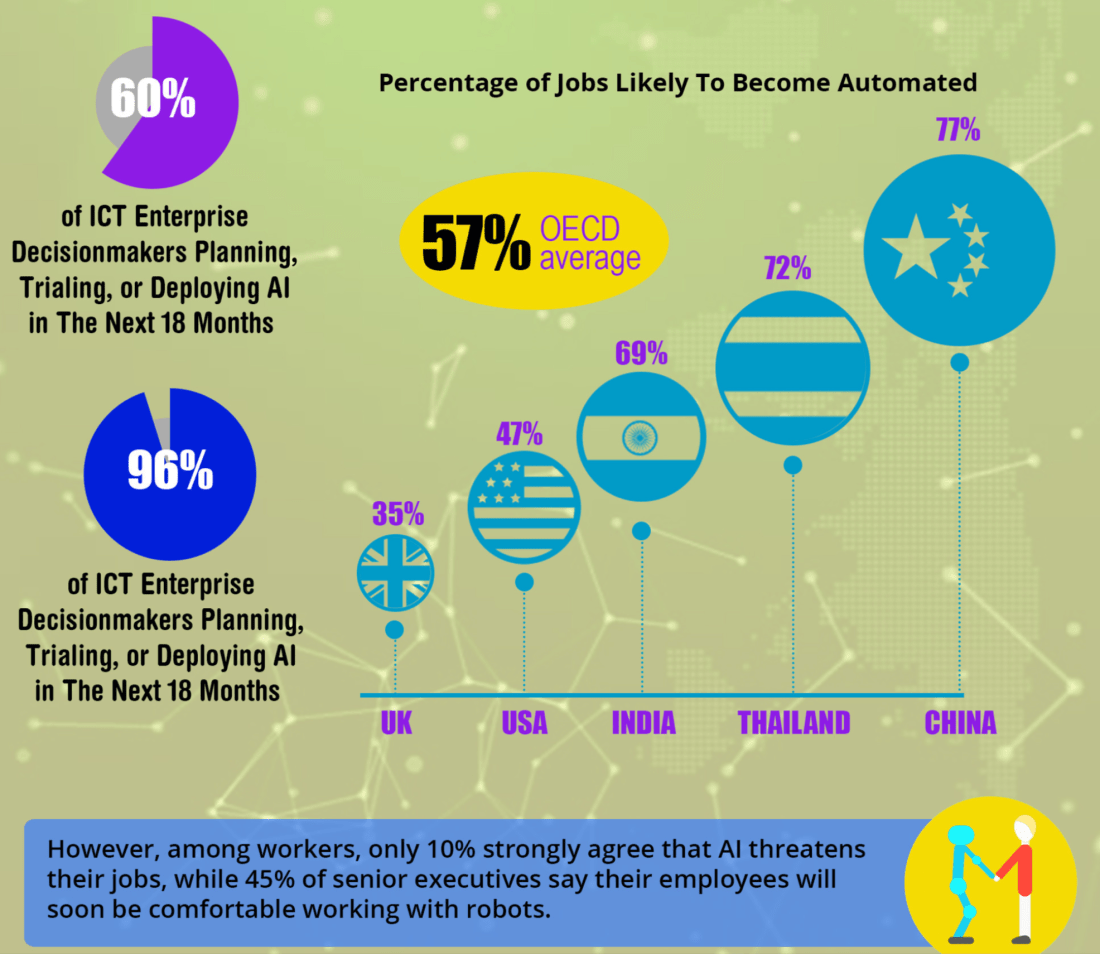
NMODES chatbots and conversational AI solutions come with a unique set of features.
Our goal is to make it easy for businesses to create and manage chatbots. The features we offer are important for successful implementation of a chatbot not only because they significantly improve its quality, but they also allow you to edit your chatbot in natural language, without any need to have technical knowledge or AI specialist in the team.
1. Free AI Training
Our chatbot solutions come with free AI training for life.
We will train your chatbot and continue to enhance it indefinitely.
It is our responsibility to ensure that your chatbot has the updated natural language processing capabilities. It is also our responsibility to guarantee that it understands not only common language but also language that is specific to your business, such as names of the products, terminology used in your industry, inventory list, and more.
Your chatbot will be interacting with the customers all the time. We will enable it to learn from these interactions continuously and improve its language understanding and responses as a result of this learning.
2. Editing in natural language
 We realize that AI is a complex body of knowledge and one of your biggest concerns is that you are not familiar with it well enough. We made sure that you don’t need to be technically savvy to successfully manage a chatbot. Using our simple and friendly online interface you can control your chatbot in real time using common natural language. No technical knowledge is required.
We realize that AI is a complex body of knowledge and one of your biggest concerns is that you are not familiar with it well enough. We made sure that you don’t need to be technically savvy to successfully manage a chatbot. Using our simple and friendly online interface you can control your chatbot in real time using common natural language. No technical knowledge is required.
At NMODES we continuously improve our AI capabilities. We use our AI not only to make the experience of your customers, conversing with your chatbot, better, but also to make your own experience, conversing with our platform, better.
Eventually the platform will be able to interact with you fully in natural language. We are not entirely there yet (it is an immense task). Still, we hold true to our promise that there is no need in being technically savvy to operate our platform even today. When the platform does not understand natural language our highly trained specialists are always ready to take over and provide support.
3. Real time connectivity
Often there is a need for chatbot to access structured data (such as inventory database) to answer customer’s question. We made it easy for your chatbot to create external queries in real time and modify the responses accordingly. Your chatbot is able to decide in the middle of the conversation, based on the information it received from your database, how to respond and how to proceed with the conversation.
These are the most exciting among the features we created so that our customers have easy and enjoyable chatbot experiences. But there are other features available: conversational templates, dynamic AI Engines clustering, multiple widget skins and more! Let us know if want to see the full list of features.
To learn about the core technologies required to build a chatbot check out this post:



